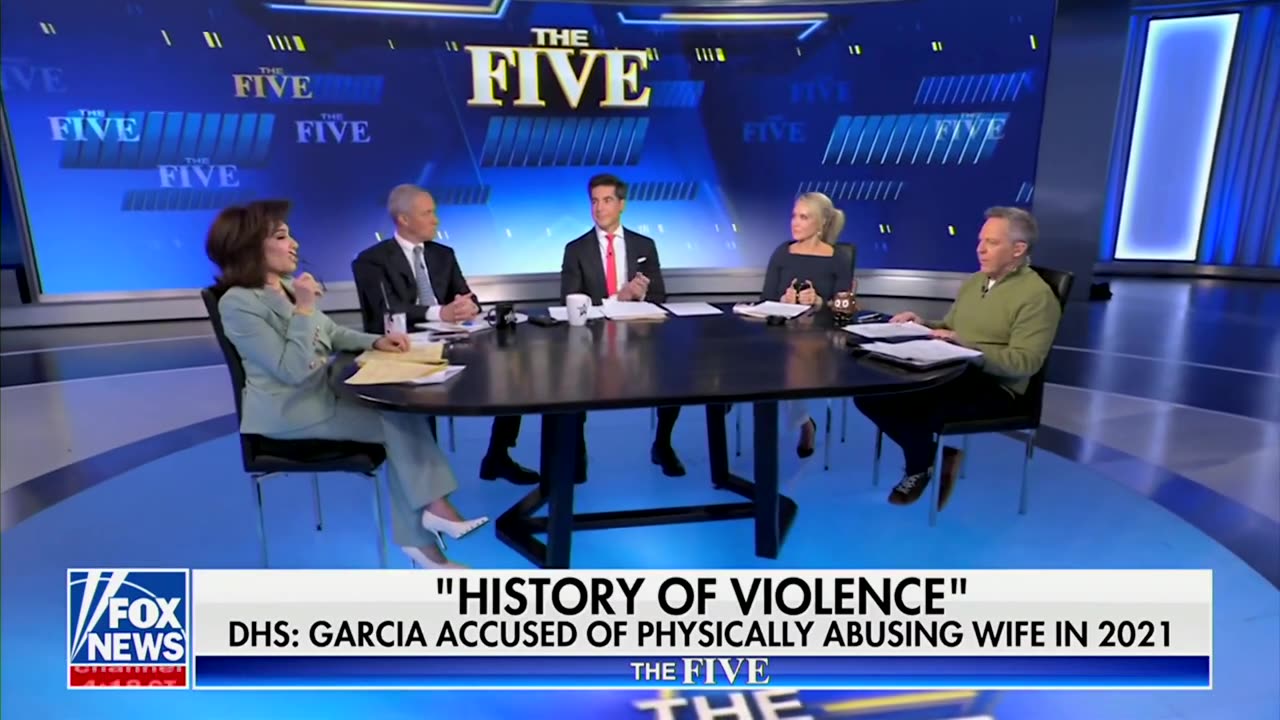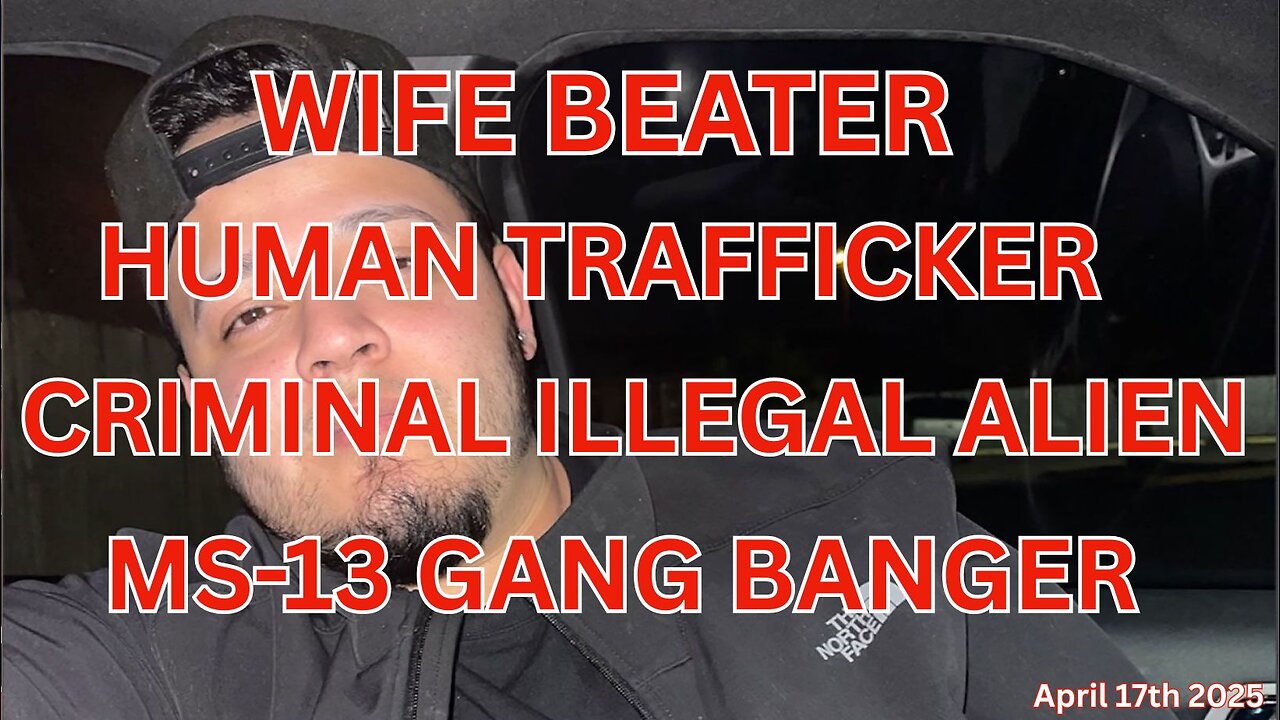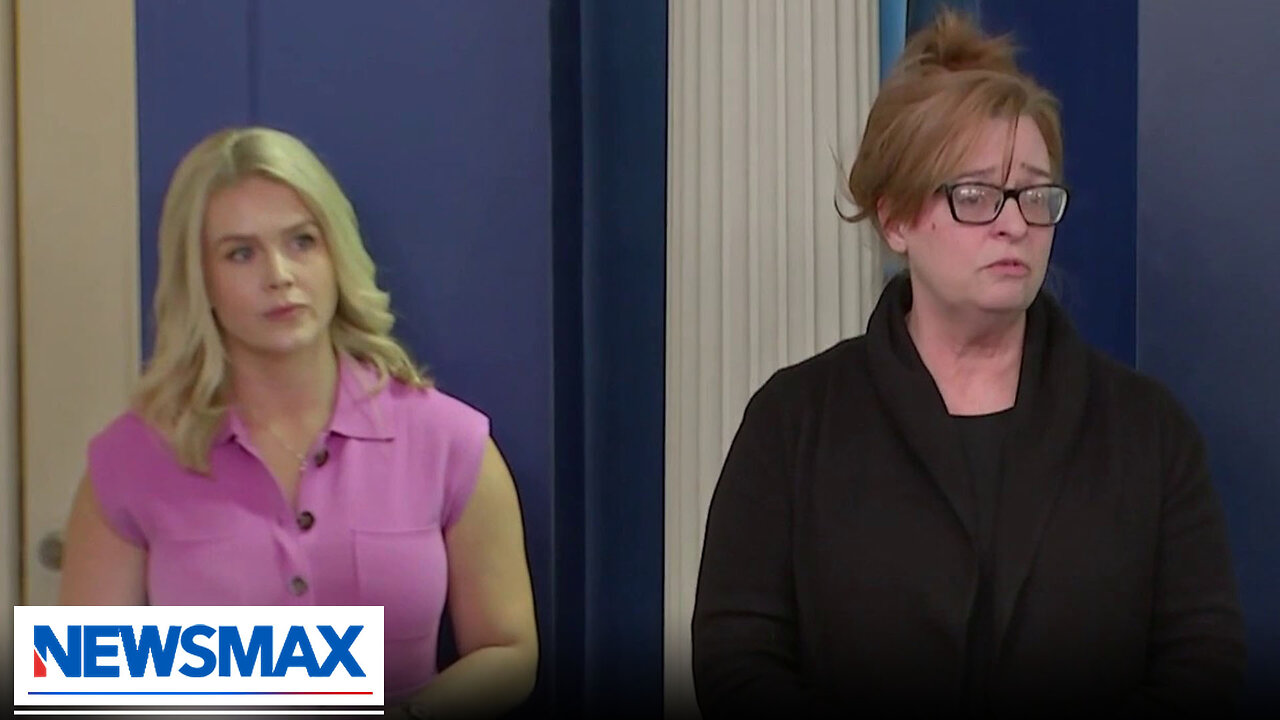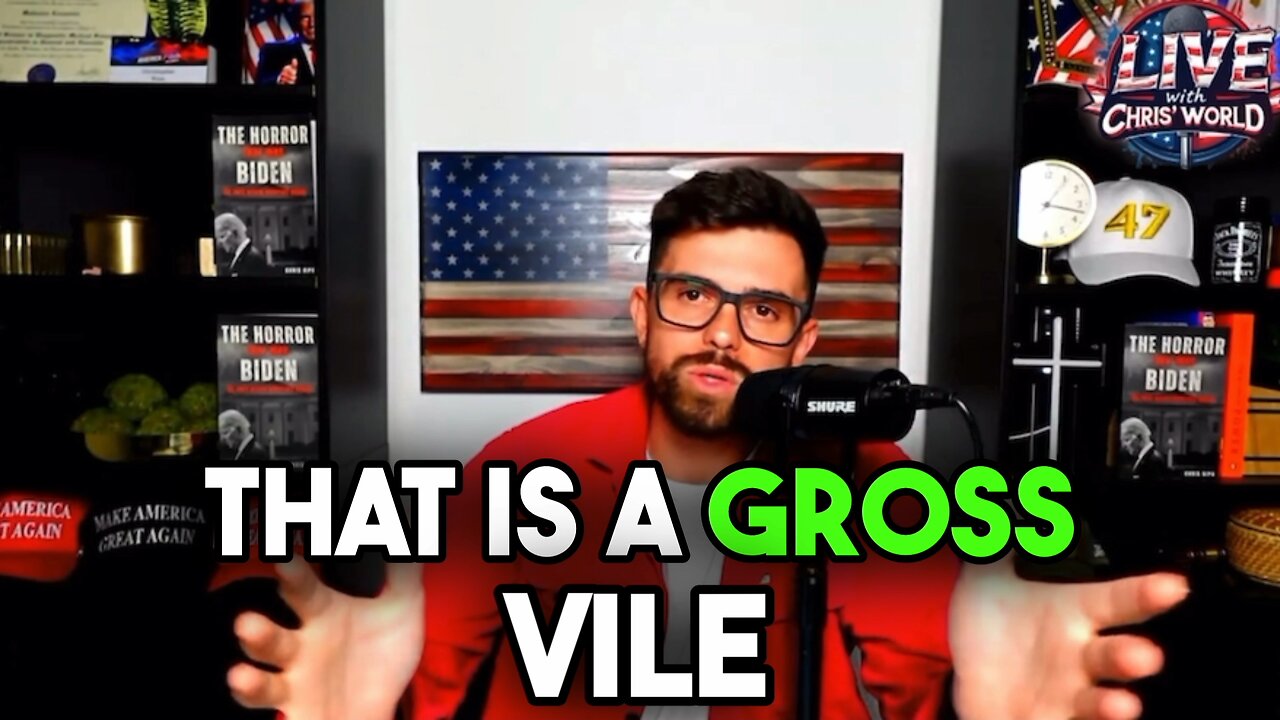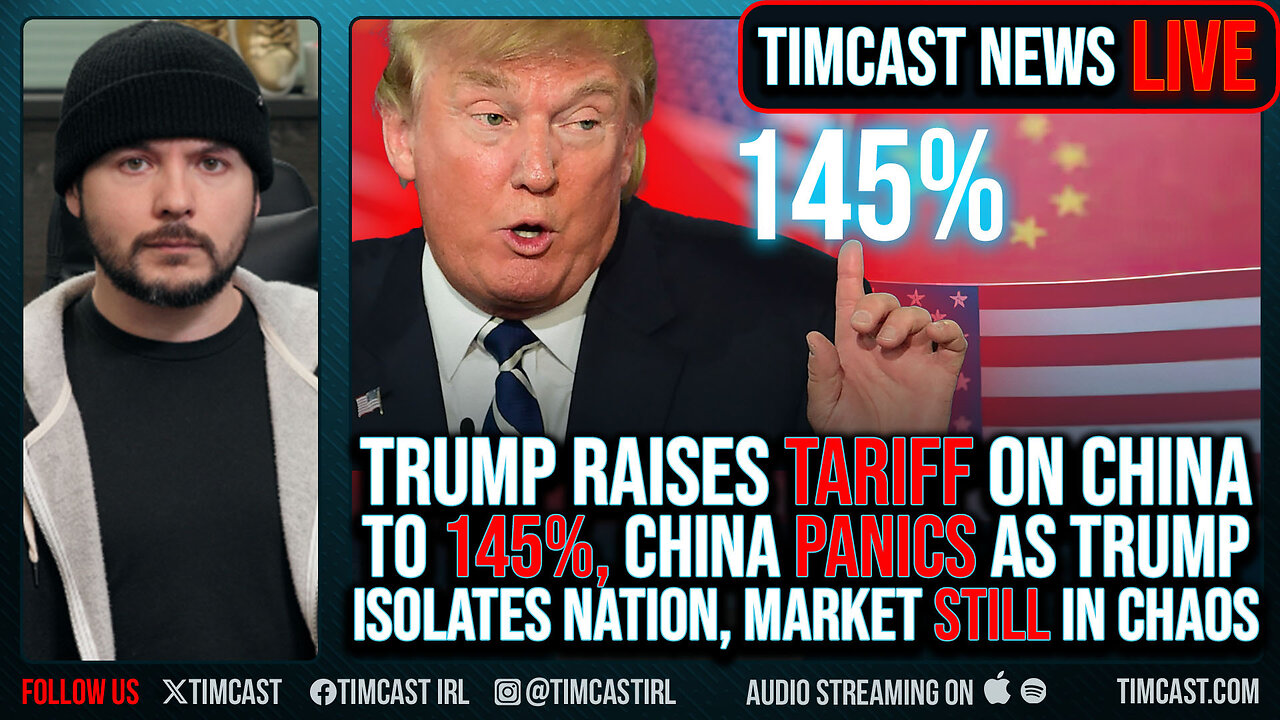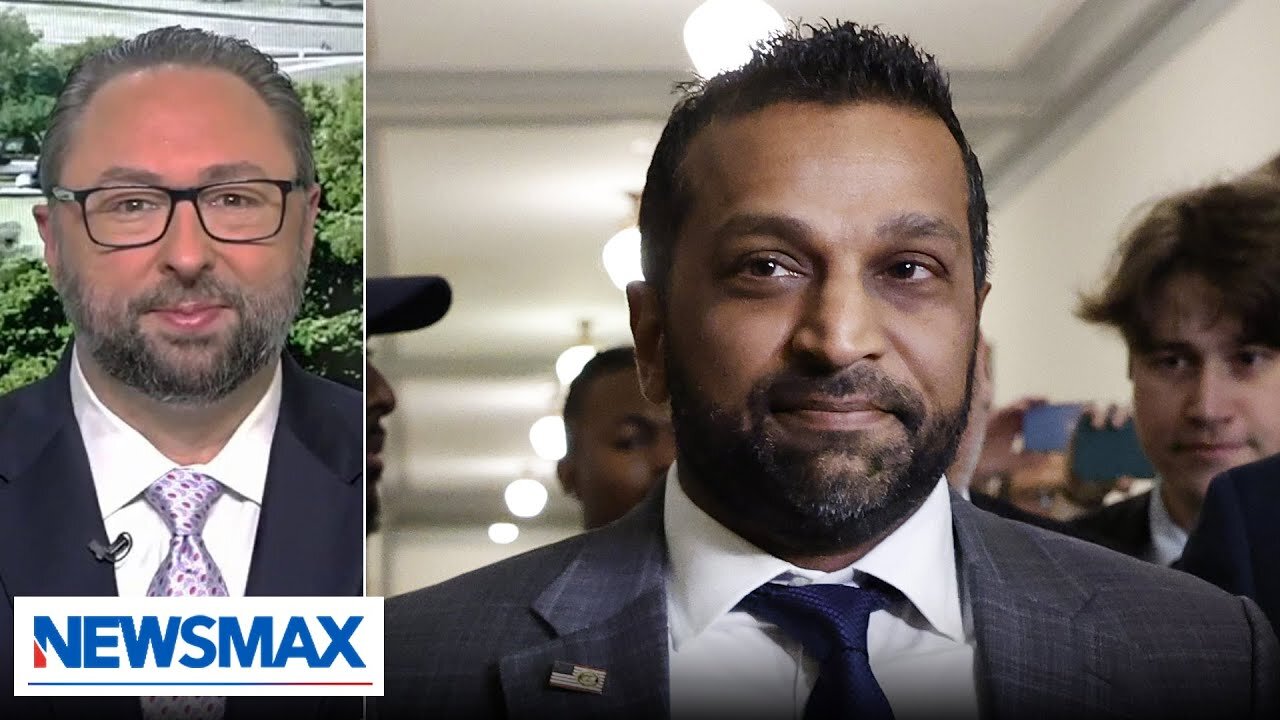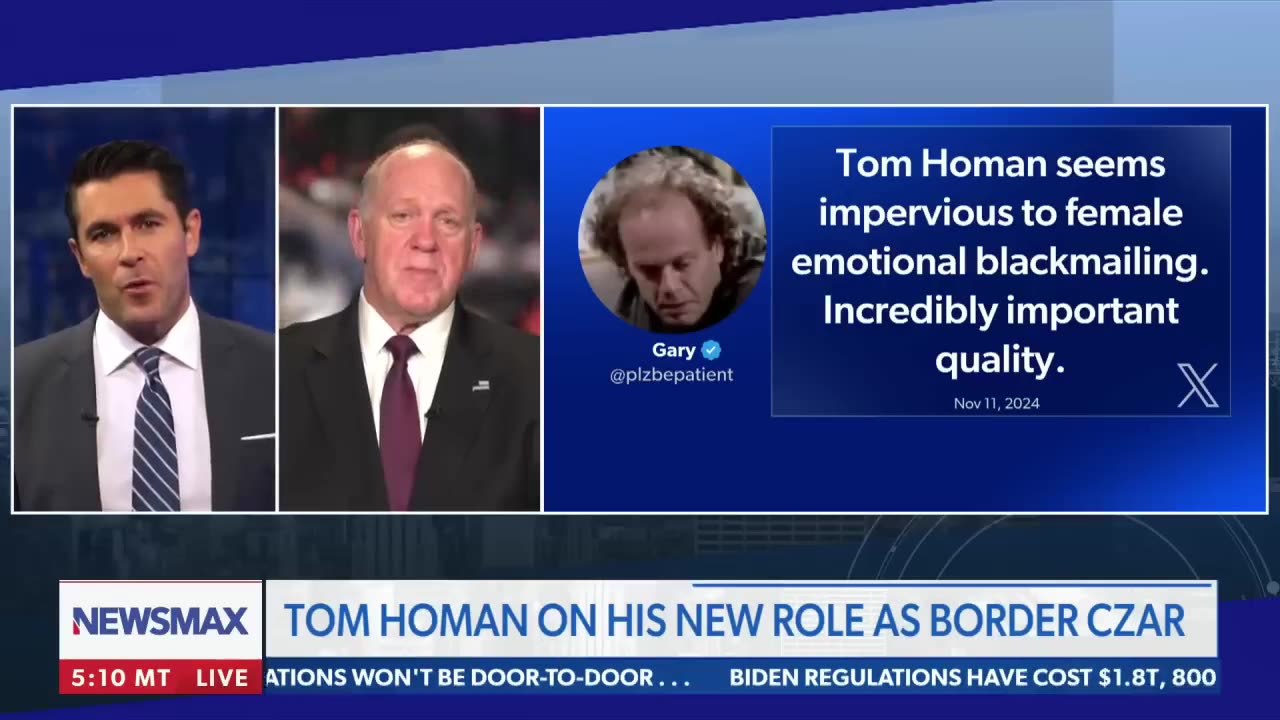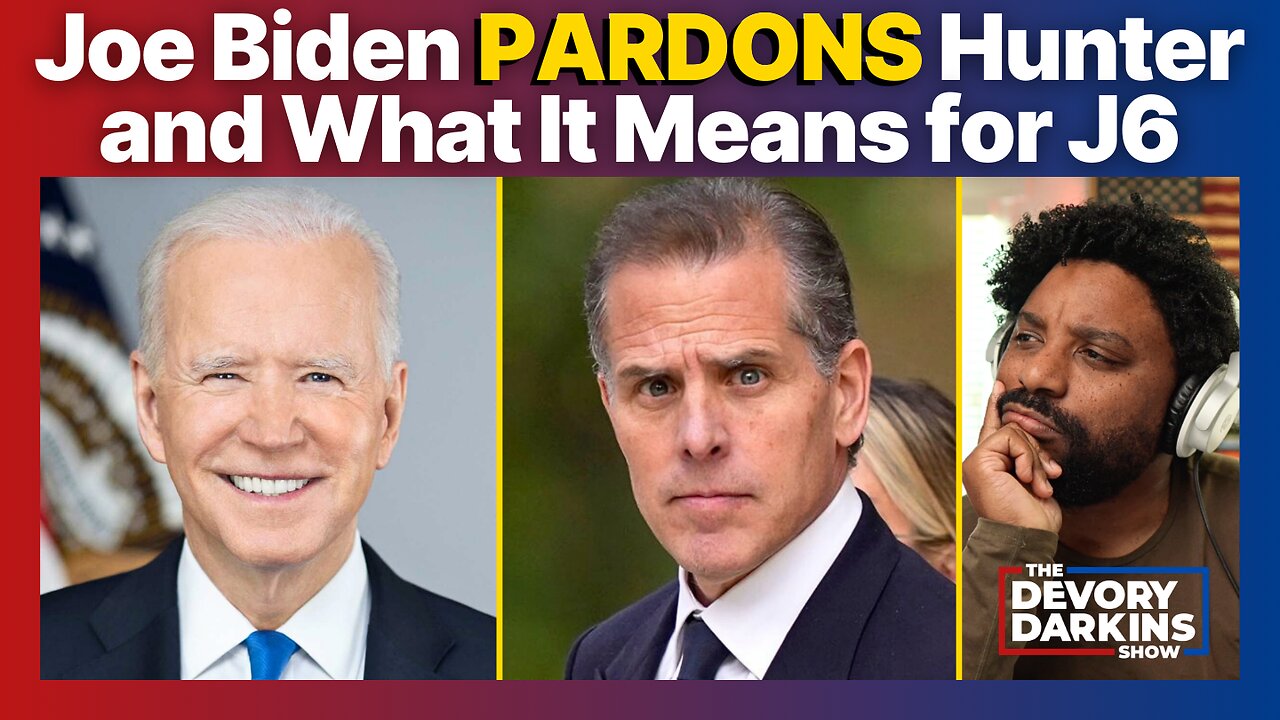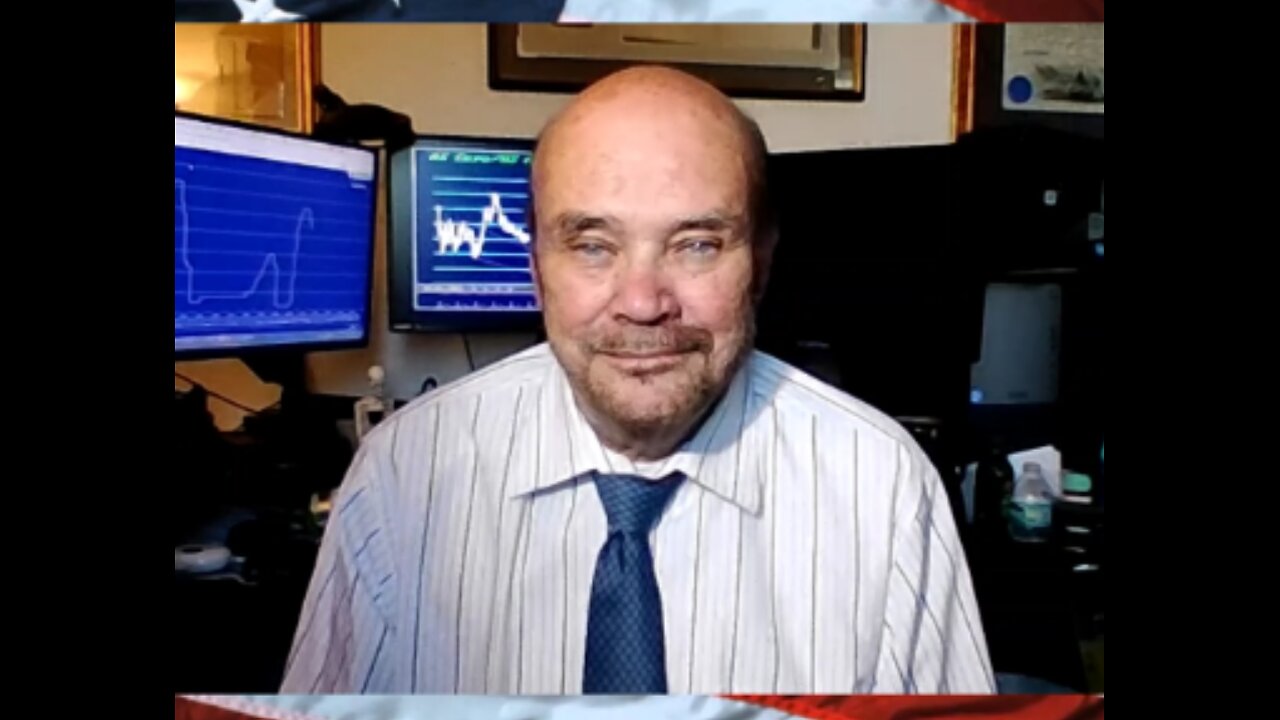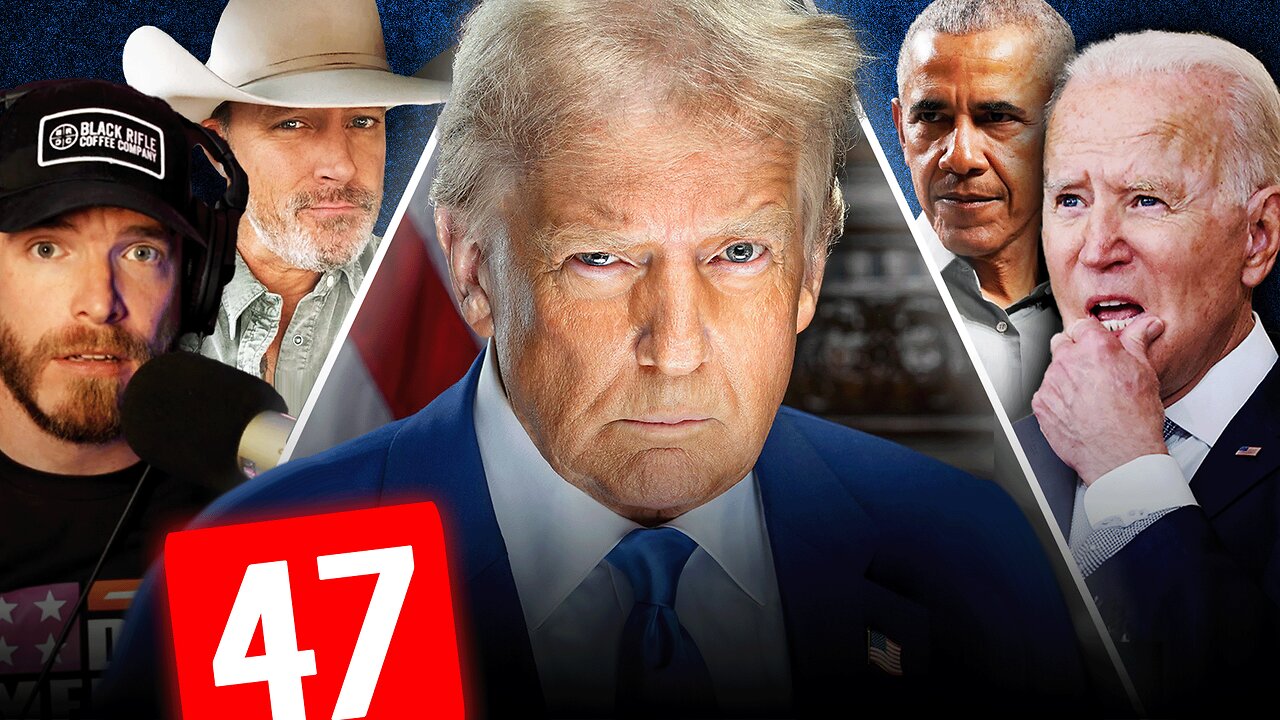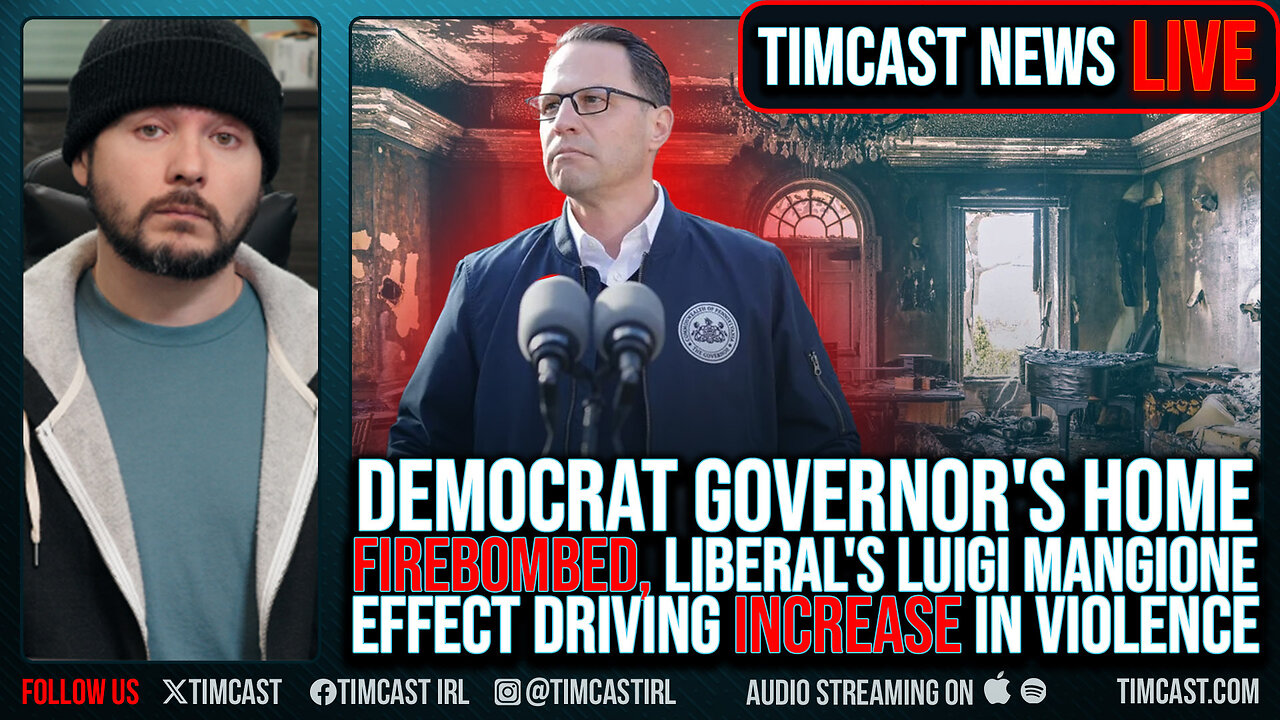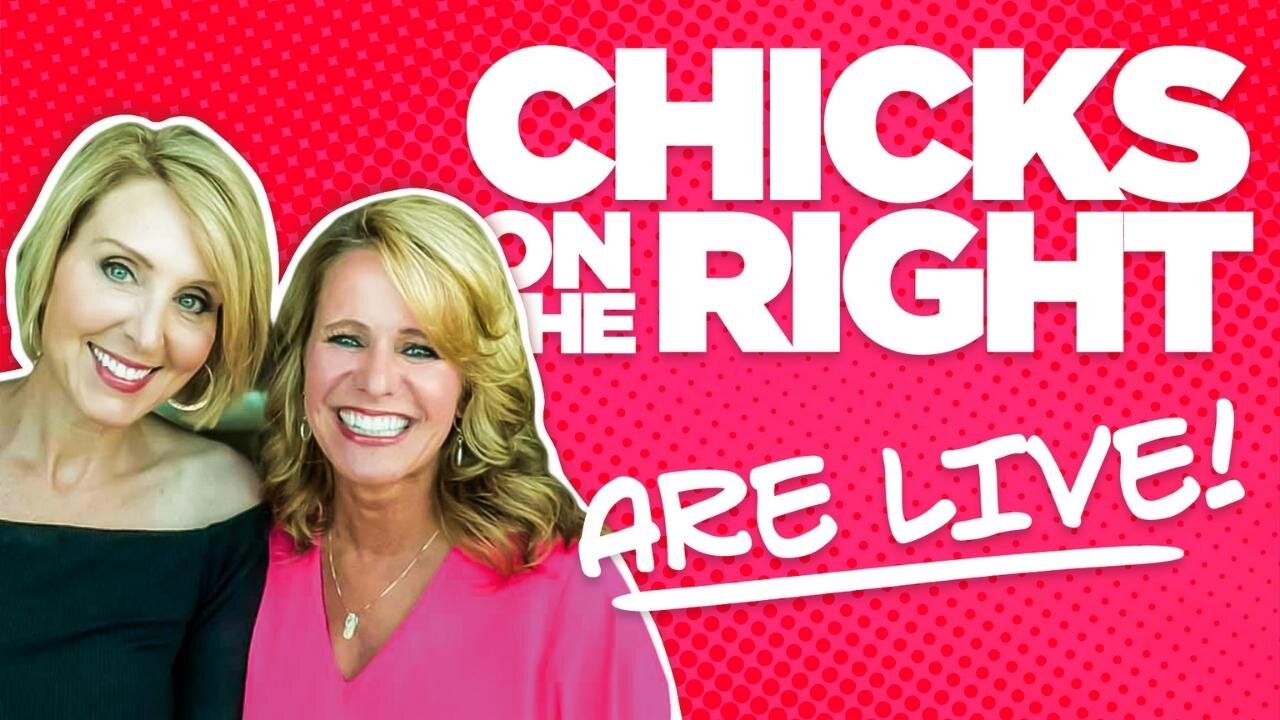The Dark Truth About Assisted Suicide Laws

There’s a famous quote from a Hemingway novel that goes something like this. A character is asked, “How did you go bankrupt?” And his reply is: “Two ways. Gradually, then suddenly.” You may have heard the same idea expressed like this: Often, things will start to occur slowly at first, and then they’ll happen all at once. A catalyst will take place. The slow burn begins. And eventually — suddenly — everything changes.
Starting around the turn of the century, it became clear that a catalyst had occurred in American culture, and in particular, American spiritual life. Church attendance — which had remained steady at around 70% of the population from the 1930s all the way to the 1990s — began to plummet. That was one of the clearest signs that Americans were turning away from scripture, and away from any belief in a higher power than themselves. Similar changes in church attendance were reported all over the West.
At the time, it wasn’t clear exactly what the consequences of this shift would be. After all, once a civilization abandons its most fundamental beliefs, it becomes pretty hard to predict what will happen next. But then, abruptly, the consequences became very apparent in our daily lives.
Gender ideology began teaching that people can determine whether they’re men or women, all on their own. There’s no need for God to have any role in the process. Virtually overnight, taxpayer-funded child castration made it into the platform of a major American political party.
The idea that people can assume divine powers and change their gender went from an absurdity to a core tenet of Left-wing political thought.
WATCH: The Matt Walsh Show
A similar reversal has taken place in the field of assisted suicide, which activists often call MAID — or “medical assistance in dying.” This is another area in which many Western governments, corporate press and activists have decided that humans should get to play god. And again, the reversal was rapid.
As recently as a decade ago, assisted suicide was illegal in many Western nations. In Canada, where it is now, incredibly, the fifth-leading cause of death, MAID wasn’t even legal as recently as 2015. Then, in just seven years, from 2016 to 2023, the use of assisted suicide in Canada increased by more than thirteen-fold.
If we were seeing these numbers in any other context — like a new strain of COVID or something — Canada’s media would call this what it is, which is a massive and unprecedented public health emergency. MAID has come out of nowhere to become one of the primary ways that Canadians die. But because MAID bails out Canada’s failing public health system by getting rid of expensive patients, Canada’s state media of course supports the practice. The same phenomenon is now happening overseas. When UK held a vote in 2015 on whether to legalize assisted suicide, the proposal was quickly shot down in parliament by more than 200 votes. But on Friday, there was a very different result. By a vote of 330 to 275, parliament approved a bill that will legalize euthanasia in certain cases. Watch:
The stated limitations in this bill are that, in order to kill themselves, people need to be at least 18-years-old. They need to have some kind of “terminal diagnosis” with less than six months to live (more on that in a moment). Two doctors, along with a judge, need to give their approval, and the drugs that end the person’s life need to be self-administered. So the doctor can set up all of the drugs that will kill you, but you have to press the button.
Before we get into the more substantive issues with this bill, it needs to be said that, in practical terms, these “limitations” are extremely superficial. They’re designed to make people think that euthanasia will only be administered in the most extreme cases, in which people are about to die anyway. But that’s not true. It never is.
As a conservative member of parliament named Danny Kruger pointed out during debate on the bill, it’s actually pretty easy to qualify as “terminally ill” under this legislation:
All you need to do to qualify for an assisted death, the definition of terminal illness under this Bill, is to refuse treatment – like insulin if you’re diabetic…. In the case of eating disorders you just need to refuse food and the evidence is, in jurisdictions around the world and in our own jurisprudence, that would be enough to qualify you for an assisted death.
In other words, this bill legalizes suicide by people who are not, in fact, terminally ill. You can make yourself “terminally ill” by refusing to take necessary medications — or by refusing to eat — and then you qualify. There’s no need for any kind of objective finding in this bill — like a brain tumor that shows up on a scan, or anything like that. So really, there are no guardrails at all, whatsoever.
Of course, even if guardrails did exist, they wouldn’t exist for very long. In every country where assisted suicide has been legalized, it’s started out with “restrictions.” And then those restrictions very quickly disappear. In Canada, for example, MAID began as assisted suicide for people with diagnosed terminal conditions. Within five years, it was expanded to anyone with “incurable” conditions, even if they’re not terminal. That includes any chronic condition that, for example, requires someone to use a wheelchair. It also includes cancer patients.
As The Telegraph reports:
A woman undergoing life-saving cancer surgery in Canada was offered assisted suicide by doctors as she was about to enter the operating room. … The patient, a married [51-year old] grandmother from Nova Scotia, explained she was set to undergo a mastectomy operation for breast cancer when a physician asked her if she knew about medical assistance in dying. … Despite declining the offer of the MAID program, the woman was asked about assisted dying again before undergoing her second mastectomy nine months later, and she was spoken to a third time while recuperating in the recovery room after that procedure. .. She said the repeat offers made her feel like a burden to doctors and that people in her position were better off dead.
This is how MAID has expanded already in Canada, and of course the expansion is continuing. There’s now a push underway to allow the mentally ill to seek MAID, even if they have no other medical conditions. And this year, a committee in Canada’s parliament has determined that so-called “mature minors” should also be able to kill themselves. Of course, “mature minor” is a contradiction in terms. And even Canadians recognize that, in many different contexts. They don’t let children buy tobacco or alcohol, for example. But apparently, suicide is completely fine. Canadians went from banning assisted suicide entirely, to voting to allow children to kill themselves, in less than a decade.
If you’re a supporter of the assisted suicide bill that just passed in the UK, you might view all of these objections as “what-ifs.” You might say that the UK will defy the odds — and that it won’t end up like Canada, where they’re now killing as many people as possible. You might think that the UK will only euthanize a very small number of people, in keeping with their “restrictions.” But there are several different problems with that reasoning, even if we assume that the premise is true.
First of all, as a matter of principle, doctors should simply never kill their patients intentionally. This should be just about the least controversial statements that a person could possibly utter. There’s a reason that we have the principle “Do No Harm” from the Hippocratic Oath. Once doctors transition from a live-saving role to a life-ending role, then patients can no longer trust doctors to have their best interests in mind. That’s especially true when — as in Canada and the UK — the doctors are essentially employed by the government, which is going broke because of rising healthcare costs. And on top of that, a lot of these doctors are working closely with funeral homes now, too. So there are conflicts of interest all over the place.
Secondly, it’s not hard to see that assisted suicide — even if it’s not an explicit goal of the policy — is part of a broader effort to devalue life in the West. And in particular, it’s part of a broader effort to devalue certain demographic groups that have been devalued in many, many other ways already.
You can see the signs everywhere — as in, literally, you can see the signs.
For example, if you look at how the government in the UK is promoting assisted suicide, you’ll notice a striking lack of diversity in their posted advertising. Other than ads for divorce attorneys, this is one of the few areas where you’ll see mostly white people in the commercials in the UK. This is a video from Westminster station:
You can look at that and say, well, we can’t read too much into it. It’s just a couple of advertisements with an unusual number of white people in them. It’s just one data point that’s hardly conclusive.
But if you take a look at the statistics on who’s actually pursuing assisted suicide, you’ll notice another pretty striking data point. As one NPR member station in Sacramento reported with the headline, “California’s Aid In Dying Law Is Mostly Used By White People. Here’s Why”:
Roughly 88 percent of people using California’s physician-assisted death law are white, according to new data from the California Department of Public Health. That’s been the case every year since the law took effect in 2016.
And by the way, that’s white as in, white. It doesn’t include Asians, Hispanics, or black people. 88% of the people getting assisted suicide in California are white, even though the state is only around one-third white. That number is understandably surprising to researchers who have been looking at the data. One sociologist from Tufts University said she was expecting more diversity in the statistics:
Jill Weinberg, a sociologist at Tufts University, has been tracking the roll-out of aid-in-dying laws across the U.S. She notes that many of the states that have passed these policies so far, such as Oregon, Washington, and Vermont, are primarily white.
California is the first state in which we’re starting to expect to see more diversity,” she said. “And in fact, we’re not seeing that.
So this is another major issue with assisted suicide that, as far as I know, pretty much no one seems to be talking about. Governments that say white people are evil are also killing them at very disproportionate rates under the guise of “healthcare.” And the people who usually complain about “disproportionate” statistics are strangely silent about it — just like they’re quiet about the disproportionate rates of white men who die from overdoses. It’s almost as if they’re putting “decolonization” into action. (By the way, we don’t have a racial breakdown of MAID patients in Canada yet, although the government says it’s eventually going to release that data. They’ve stalled the release of these reports because they’re so politically damaging. But we can assume, based on Canada’s demographics, that most MAID patients are mostly white there, as well.)
These are the kind of figures that you’d think would trigger some outrage among the opposition party, at a minimum. But in Britain, many conservatives are just as silent as the liberals about what’s going on.
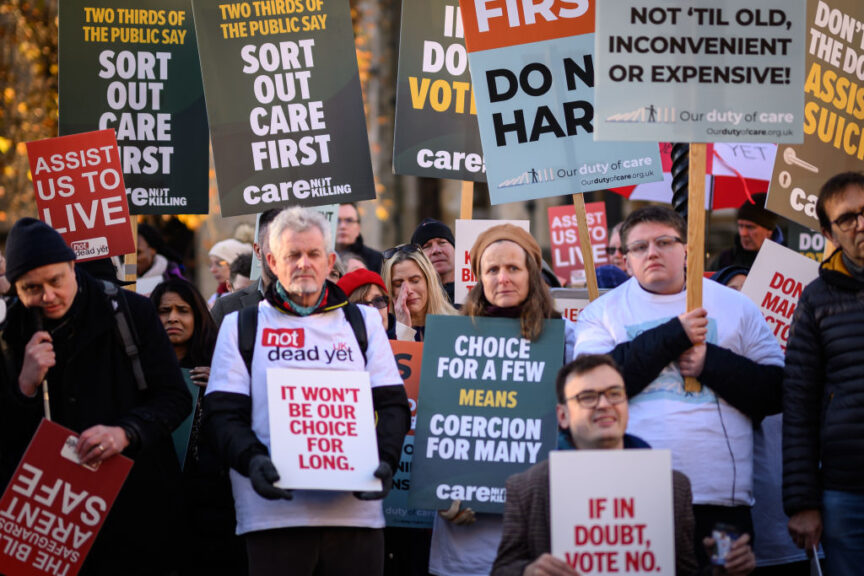
Leon Neal/Getty Images
Former UK prime minister Rishi Sunak put out a column calling the bill “compassionate.” Here was his argument:
I believe that, where possible, we should prevent suffering. I know from speaking and listening to many of you, that too many people have to go through painful, traumatic, drawn-out deaths. These moving, deeply personal stories have left a profound impression on me. This bill will make these ordeals, which are so traumatic for patients and their families, less frequent.
This is what passes for a “conservative” perspective in Britain. To restate his argument, he says: “Where possible, we should prevent suffering.” This is a principle that, if you take it to its logical conclusion, justifies the murder of all kinds of people. It doesn’t even require their consent, really. The idea is pretty simple: If someone is suffering enough, then it’s your right to kill them. It’s just like abortion — if the child is inconvenient, you can kill him or her. If you judge the child will the a life not worth living, that’s reason enough to take his life from him. That’s the ideology that underlies all of this. It’s an ideology that’s shared by both conservatives and liberals in the UK.
This is why, wherever assisted suicide is legalized with “restrictions,” it very quickly expands so that there are no restrictions anymore. That’s because at the center of this legislation or any legislation to legalize euthanasia is the idea that suffering, in all its forms, shouldn’t be a part of the human condition. It’s the idea that we should and can play god over our own lives. Just as easily as we can change a child’s gender, we can determine when our lives end.
This isn’t just a contradiction of biblical teachings. It’s a culmination of the narcissistic, self-absorbed mentality that, in many countries, has largely replaced religion in the public consciousness. Once it’s allowed to fester, it takes over very quickly. That’s what Canada has already discovered, as cancer patients and disabled athletes are told that they should really just kill themselves instead of getting any kind of treatment, instead of enduring any more suffering. The obliteration of their existence is preferable to experiencing pain. That’s the idea that’s being sold.
The truth is that life isn’t always easy or painless. In fact it never is. But it’s still life. Life has meaning, life has value, and life is sacred. Either you believe that or you don’t. Either your society treats life as something precious, something sanctified, or it doesn’t. It truly is an either/or choice. It is one or the other, it is black and white.
And what we know from experience — recent experience, and the entire history of human civilization — is that when a society chooses the latter, when it decides that life is inherently expendable or even undesirable, terrible things follow. Dystopian horrors beyond comprehension are what await you. Every time. Without exception. Guaranteed. That is what you choose when you embrace something like euthanasia.
It is a choice that you will always regret in the end. And the UK is about to learn that the hard way.
Originally Published at Daily Wire, Daily Signal, or The Blaze
What's Your Reaction?
 Like
0
Like
0
 Dislike
0
Dislike
0
 Love
0
Love
0
 Funny
0
Funny
0
 Angry
0
Angry
0
 Sad
0
Sad
0
 Wow
0
Wow
0





